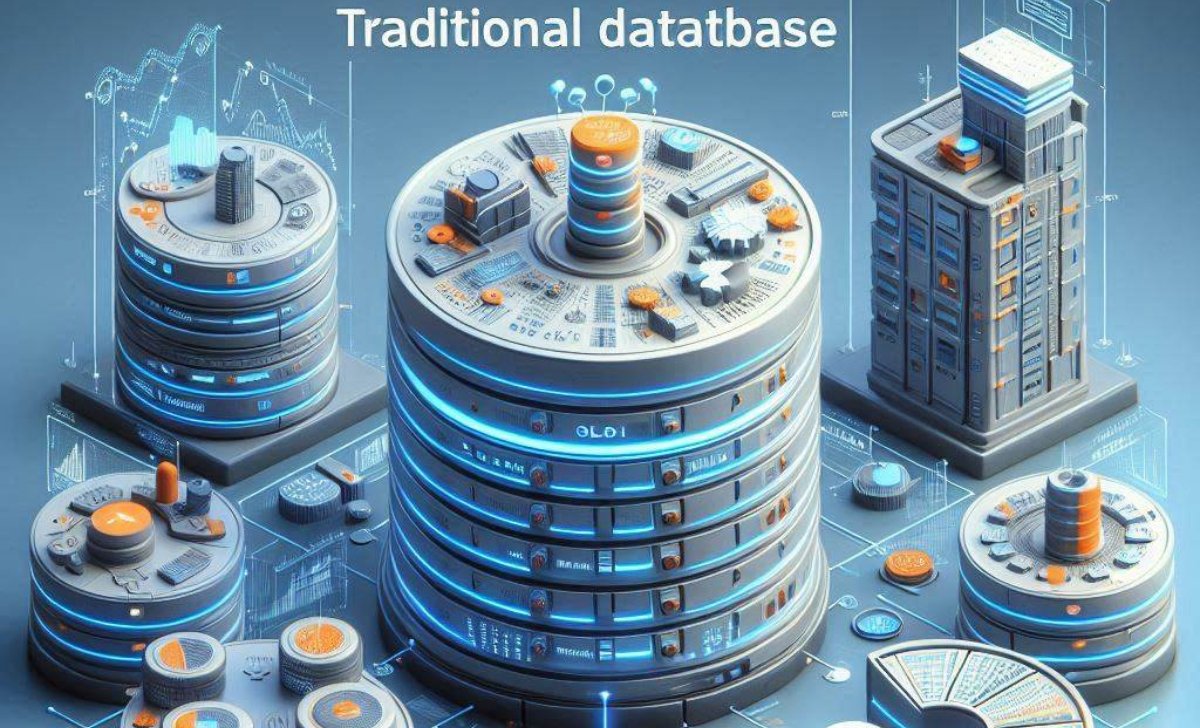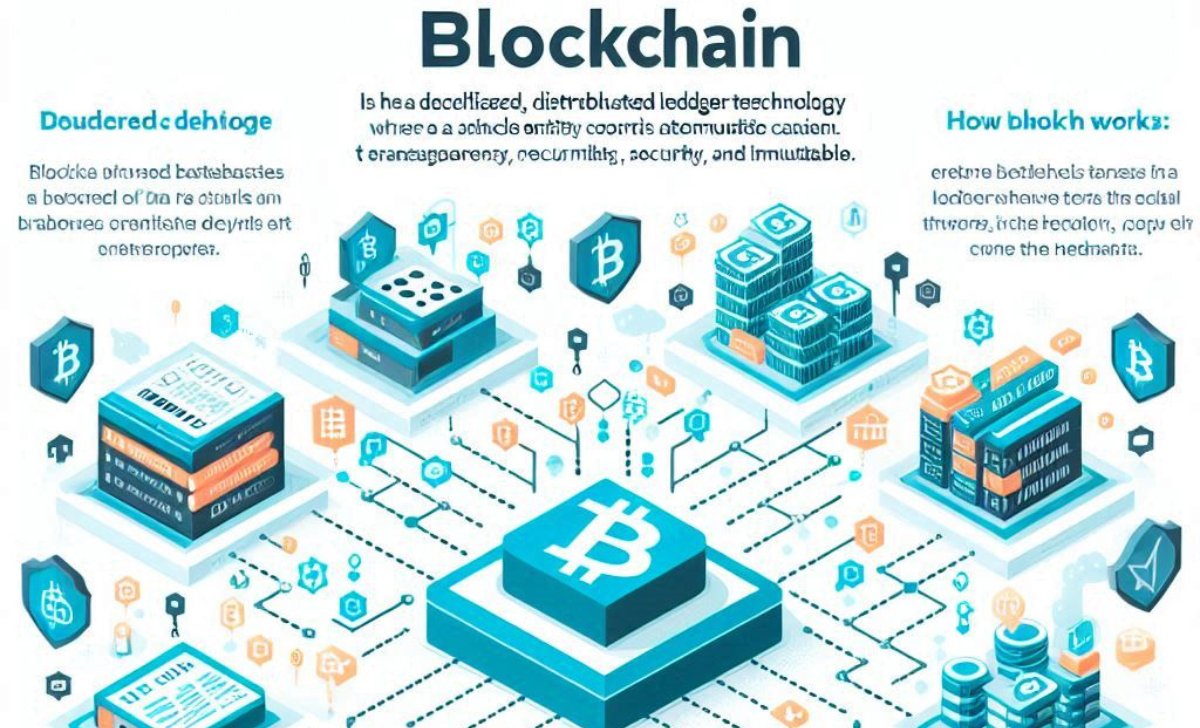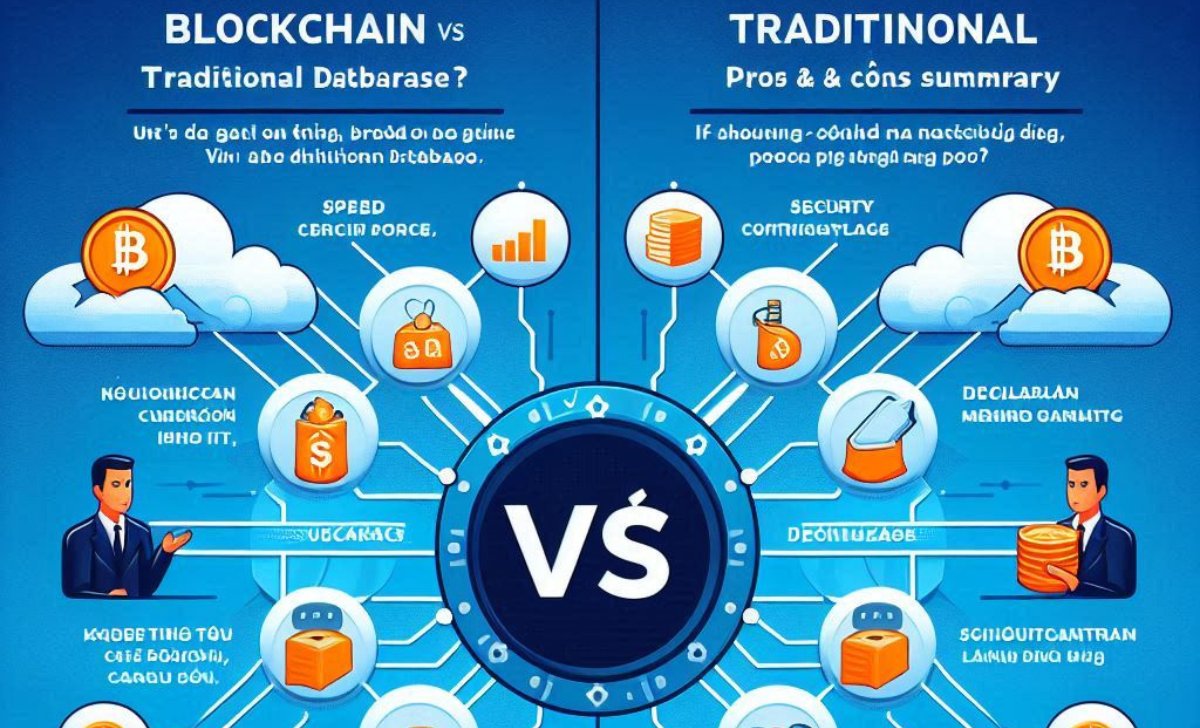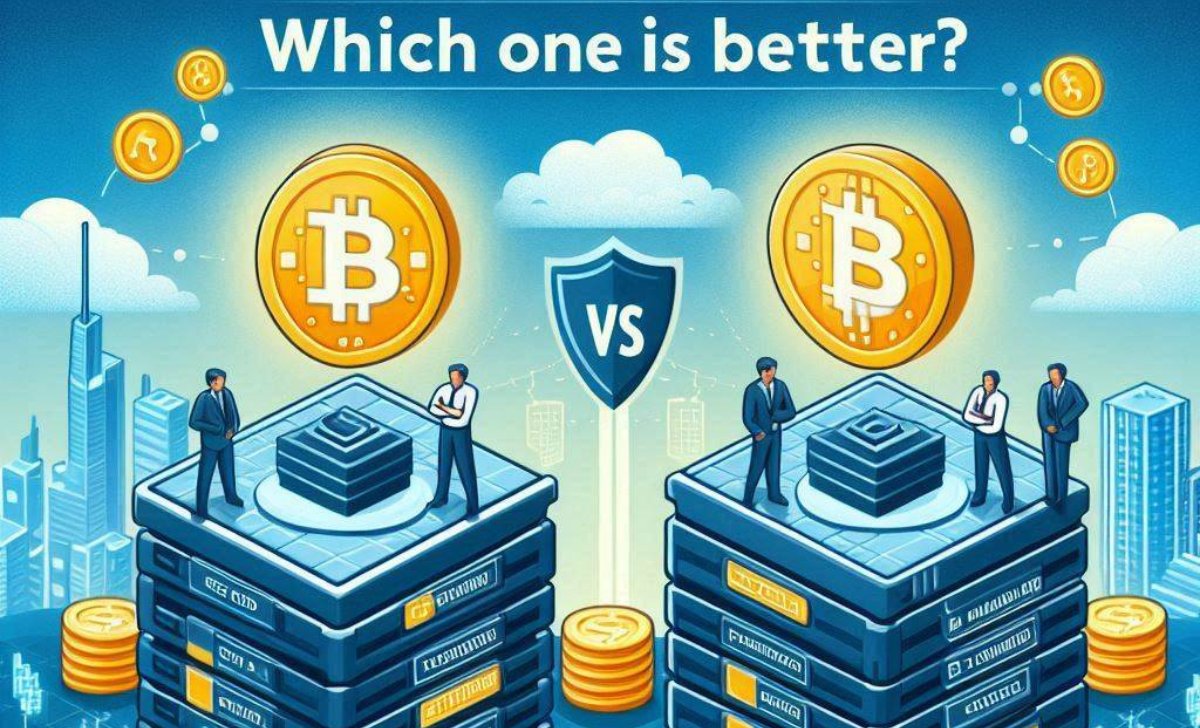Blockchain vs Traditional Database are two distinct approaches to storing and managing data, each with its own strengths and limitations. While traditional databases offer centralized control and fast transactions, blockchain provides decentralization, security, and transparency.
In this article, TopCoin9’ll help you explore the denifition, key difference, their strengths, and which option suits specific use cases.
What is a Traditional Database?

A traditional database is a structured collection of data stored and managed using software like SQL (Structured Query Language) databases such as MySQL, PostgreSQL, Oracle, and Microsoft SQL Server. These databases operate on a client-server model, where a central administrator controls data access, modifications, and security.
How Traditional Databases Work:
Traditional databases follow a structured format, usually represented as tables containing rows and columns. The database administrator (DBA) has full control, ensuring that the system operates efficiently while managing user access and data integrity.
Key Features of Traditional Databases:
- Centralized Control: A single authority manages data storage and security.
- Fast Transactions: Optimized for quick and efficient data retrieval.
- Data Modification: Allows editing, deleting, and updating records as needed.
- Scalability: Can handle large volumes of data through vertical or horizontal scaling.
While traditional databases are highly efficient for many business applications, they have limitations, such as security vulnerabilities and reliance on central authority.
This raises the debate of Blockchain vs Traditional Database, as blockchain introduces a decentralized, secure alternative. Let’s explore how blockchain works and what makes it different.
What Is Blockchain?

Blockchain is a decentralized, distributed ledger technology (DLT) that records data across multiple nodes to ensure transparency, security, and immutability. Unlike traditional databases, where a single entity controls the data, blockchain operates on a peer-to-peer network where every participant (node) holds a copy of the ledger.
How Blockchain Works:
Blockchain organizes data into blocks that are linked together in a chronological chain. Each block contains a batch of transactions, and once recorded, data cannot be altered or deleted. The security of blockchain relies on cryptographic hashing and consensus mechanisms such as Proof of Work vs Proof of Stake.
Key Features of Blockchain:
- Decentralization: No single entity controls the data.
- Immutability: Once recorded, data cannot be altered.
- Enhanced Security: Cryptographic encryption prevents unauthorized modifications.
- Transparency: Transactions are verifiable by all participants.
With blockchain revolutionizing data management, comparing blockchain vs SQL database helps determine the best fit for different applications. Let’s find out more about their comparison in the following content!
Key Differences: Blockchain vs Traditional Database

While both Blockchain vs Traditional Database serve the purpose of storing and managing data, they differ significantly in terms of structure, blockchain security, and control.
Data Structure
- Traditional Databases: Store data in structured tables, allowing users to create, read, update, and delete (CRUD) records.
- Blockchain: Stores data in linked blocks in a sequential, unchangeable order.
Centralization vs Decentralization
- Traditional Databases: Centralized system where a single entity controls access and modifications.
- Blockchain: Decentralized network where no single party has full control, removing the need for intermediaries.
Security & Immutability
- Traditional Databases: Can be vulnerable to hacking or internal alterations, as data can be modified or deleted.
- Blockchain: Uses cryptographic security, making records tamper-proof. Once stored, data cannot be changed.
Performance & Speed
- Traditional Databases: Process transactions quickly due to centralized control.
- Blockchain: Slower because transactions require network-wide validation (e.g., mining in PoW-based systems).
Transparency & Trust
- Traditional Databases: Users must trust the organization managing the database.
- Blockchain: Transactions are publicly verifiable, ensuring transparency without needing trust in central authority.
Now that we’ve explored the core differences, let’s discuss why blockchain might be a better alternative in certain scenarios in the content below!
Why Use Blockchain Instead of a Database?
While traditional databases are excellent for centralized applications, blockchain provides unique advantages that make it an ideal choice for specific use cases.
- Enhanced Security: Blockchain uses cryptographic security to prevent unauthorized changes to data. This makes it ideal for industries like finance and healthcare, where data integrity is critical.
- Eliminating Middlemen: By removing intermediaries, blockchain cuts costs and improves efficiency. This is especially useful in areas like international payments and supply chain management.
- Improved Transparency: All blockchain transactions are publicly verifiable, making it perfect for industries that require audits. Government records and legal contracts benefit greatly from this feature.
- Trustless Transactions: With smart contracts, agreements can be executed automatically based on pre-set conditions. This removes the need to rely on a third party, reducing risks and costs.
Although blockchain has several benefits, it also comes with limitations such as higher energy consumption and slower transaction speeds. So, which one is the better choice overall?
Which One Is Better? (Pros & Cons Summary)

To determine whether Blockchain vs Traditional Database is better, let’s summarize their pros and cons.
| Feature | Traditional Databases | Blockchain |
| Speed | Fast transactions | Slower due to consensus mechanisms |
| Security | Vulnerable to hacks & data manipulation | Highly secure & immutable |
| Data Control | Centralized | Decentralized |
| Transparency | Limited, requires trust in owner | Fully transparent & verifiable |
| Scalability | Scalable with optimized architecture | Limited scalability (for now) |
| Cost Efficiency | Low-cost operation | Higher costs (energy & storage) |
| Best For | Enterprise systems, CRM, ERP, e-commerce | Finance, supply chain, secure records |
Final Verdict:
- If speed, efficiency, and centralized control are priorities, Traditional Database is the better option.
- If security, decentralization, and transparency are required, Blockchain is the superior choice.
Ultimately, the decision between Blockchain vs Traditional Database depends on the specific needs of a business or application.
In conclusion, Blockchain vs Traditional Database each have their own advantages, with traditional databases excelling in speed and control, while blockchain offers security and transparency. Understanding their differences helps businesses choose the right solution for their needs. We hope this article provided valuable insights – don’t forget to follow TopCoin9 for more informative content!

Emily Thompson is a highly skilled crypto writer and strategist with extensive experience in blockchain journalism, having contributed to Cointelegraph and Binance Academy. At TopCoin9, she ensures high-quality, SEO-optimized content that educates and informs the crypto community.
Email: [email protected]












